Treeconomics 101: Color-Coded Prosperity
by: Paul Hetzler
Deciduous trees, lakeside ice-cream stands, and marinas all close down each autumn for the same reason: as daylight dwindles and cold creeps in, their outfits become less and less profitable. At a certain point it makes sense to batten the hatches until the following spring.
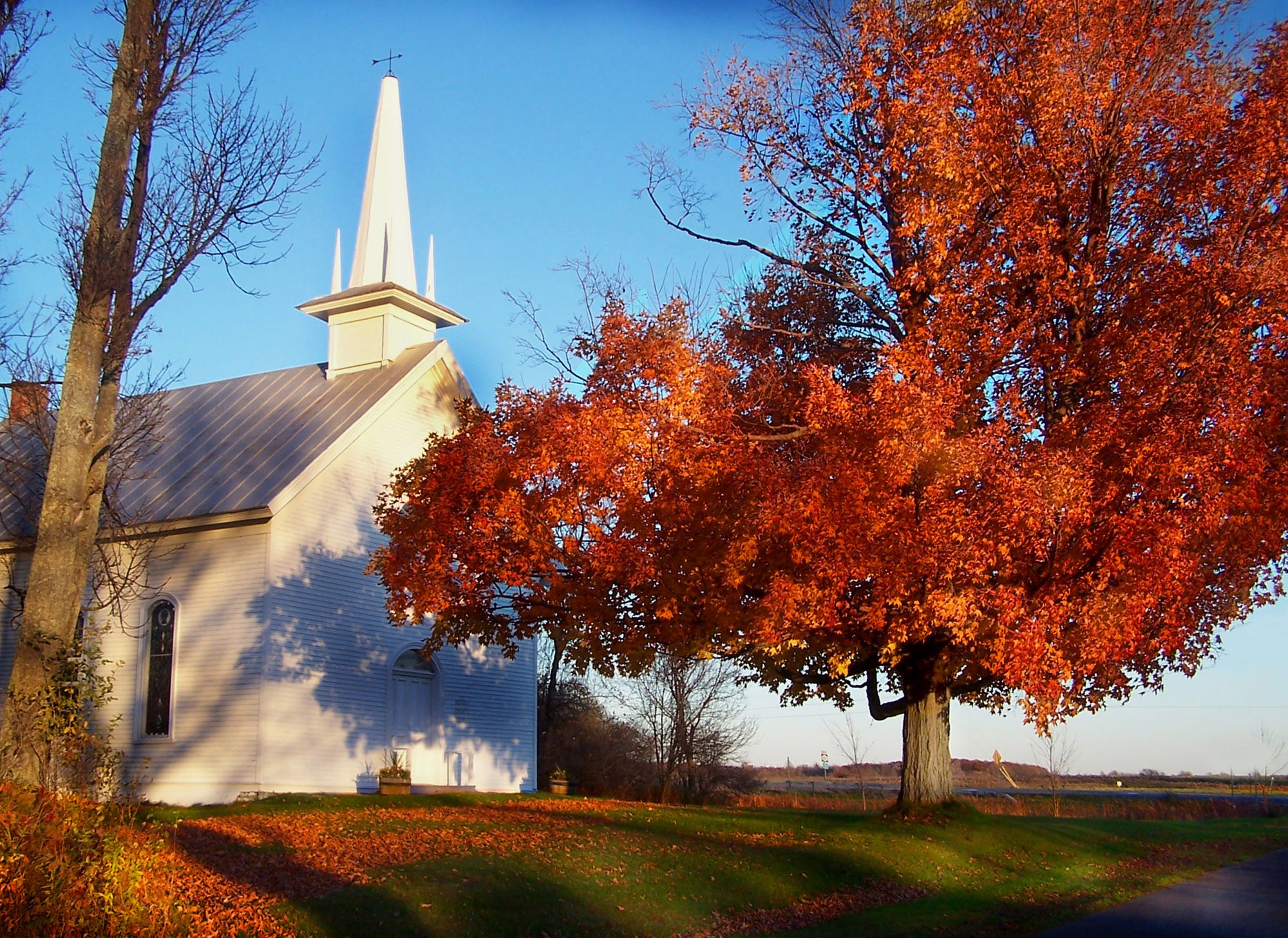
Some enterprising holdouts stay open longer; perhaps they have a cost advantage others do not, or have less competition. A few are the opposite, closing shop at the first hint of fall. Those are likely the ventures which barely scrape by at the height of summer. I’m talking about trees here, of course.
Trees whose leaves show color ahead of their same-species peers are doing so because they are barely breaking even. The solar-powered sugar factories we call trees are good savers, and meticulous in their accounting.
As a rule they do not live beyond their means. In addition to sunlight, they require carbon dioxide, a good supply of water and nutrients, and their roots need to breathe easily. The latter point is critical.
Each spring, a deciduous tree takes money out of the bank – starches out of trunk and root tissue – and invests in a solar array, known as leaves. After paying for its annual complement of leaves, its costs include nighttime respiration, and as-needed maintenance, like the synthesis of antimicrobial compounds in response to injury. Its income is sugars; its savings account, starches.
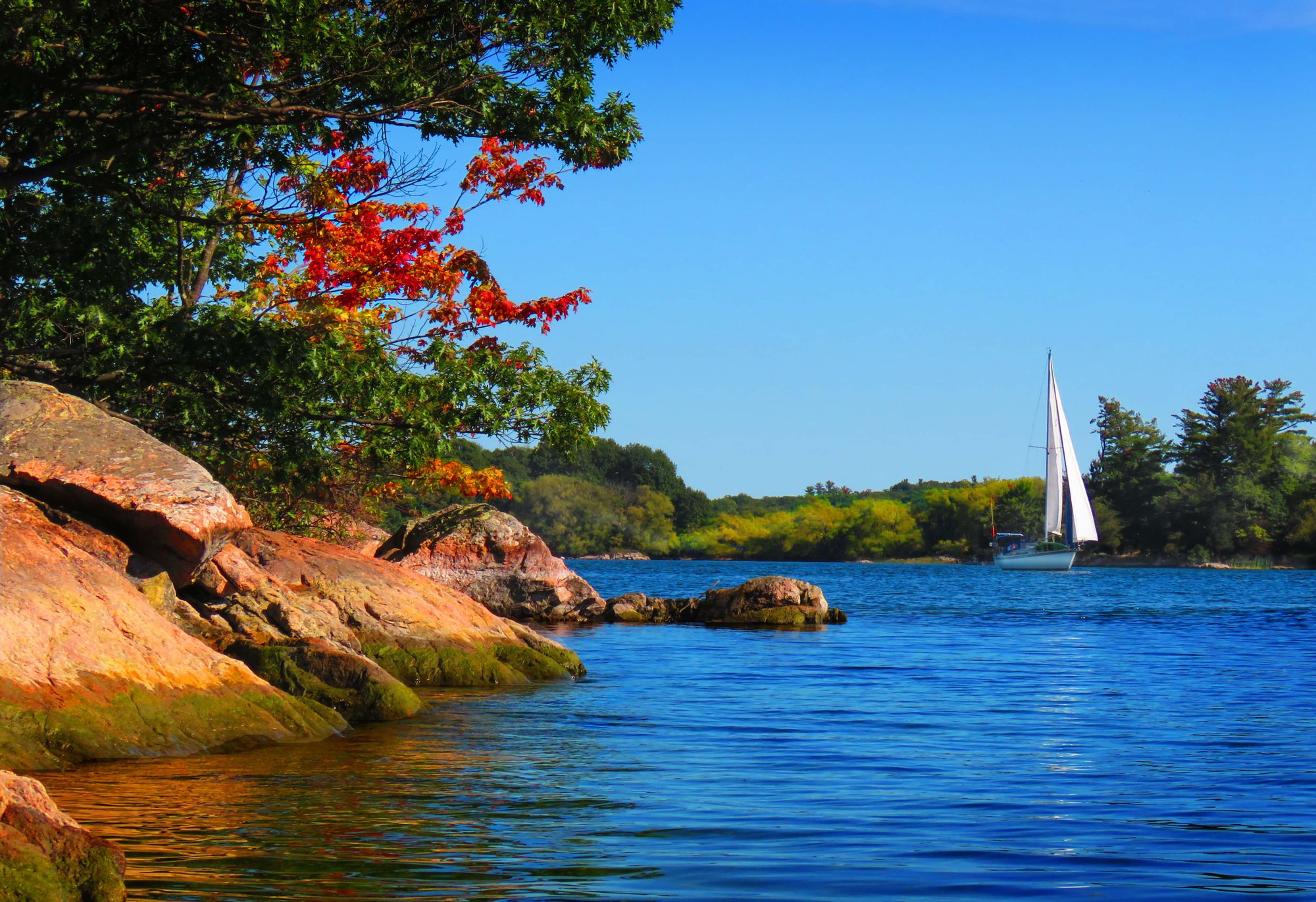
As summer wanes, longer nights drive-up costs (respiration), while shorter days bring down income, eventually forcing hardwood trees to close for the season. However, if a tree’s root zone is compacted, root respiration is hampered, and roots can’t do their job. Its sugar factory will be less efficient, compared to others of its species, and less profitable overall. Soils laden with de-icing salt, and mechanical damage will also compromise root function.
Yard and street trees experience very high soil temperatures, restricted root zones, and intense competition from lawns. Trees with waterfront homes have other challenges: fluctuating water levels tax their root systems, and those soils tend to be nutrient-poor. Such trees will reach the break-even point earlier than robust trees, and they will color first.
Early color is a reliable sign of tree stress, but palette gives information as well. We know that orange (carotenes) and yellow (xanthophylls) are already present within the leaves, masked by green chlorophyll. Trees begin to make a waxy compound to block-off water and nutrients to their leaves, equivalent to winterizing a camp – it protects the plumbing. As leaves are thus choked-off, chlorophyll dies, revealing yellow and orange.
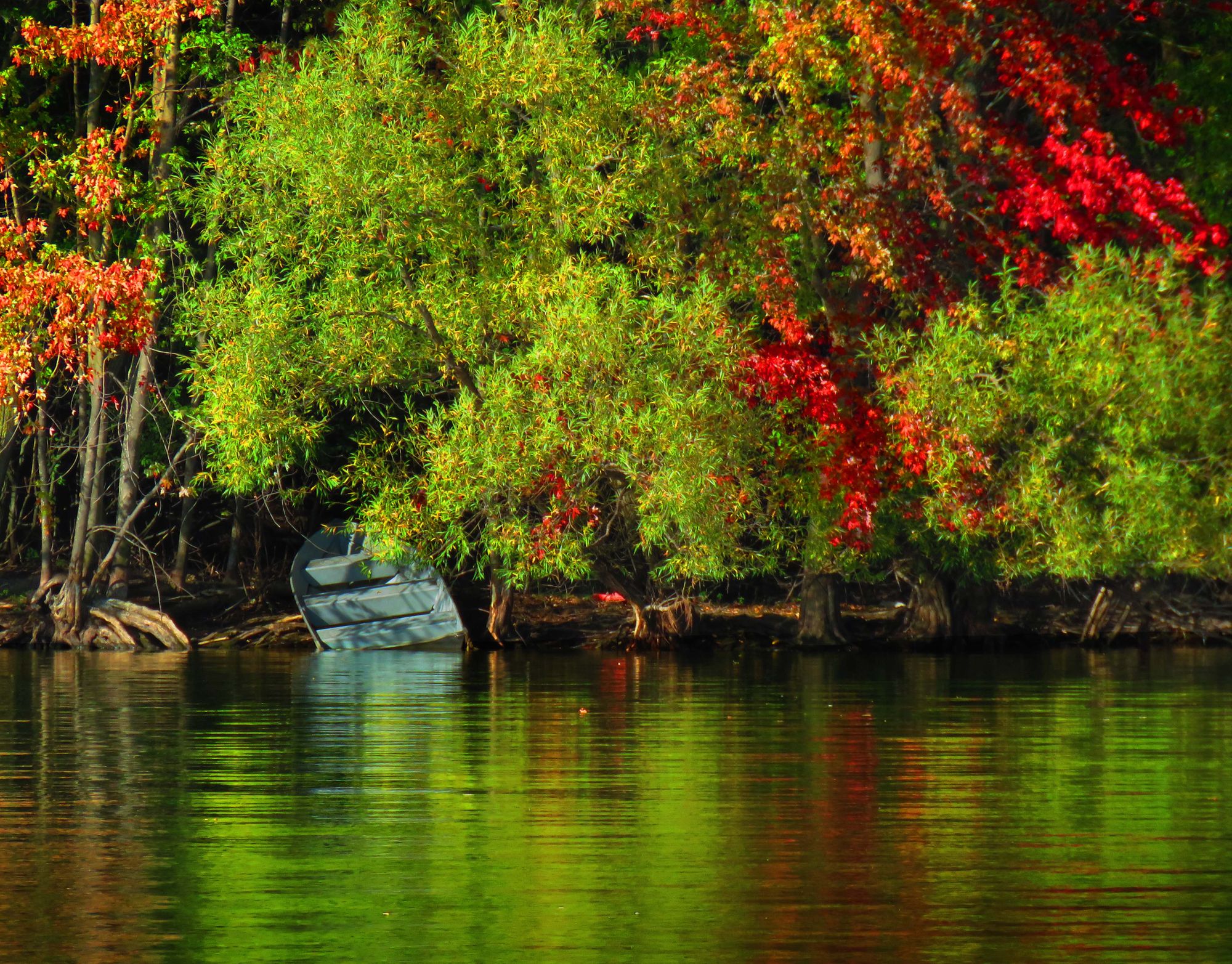
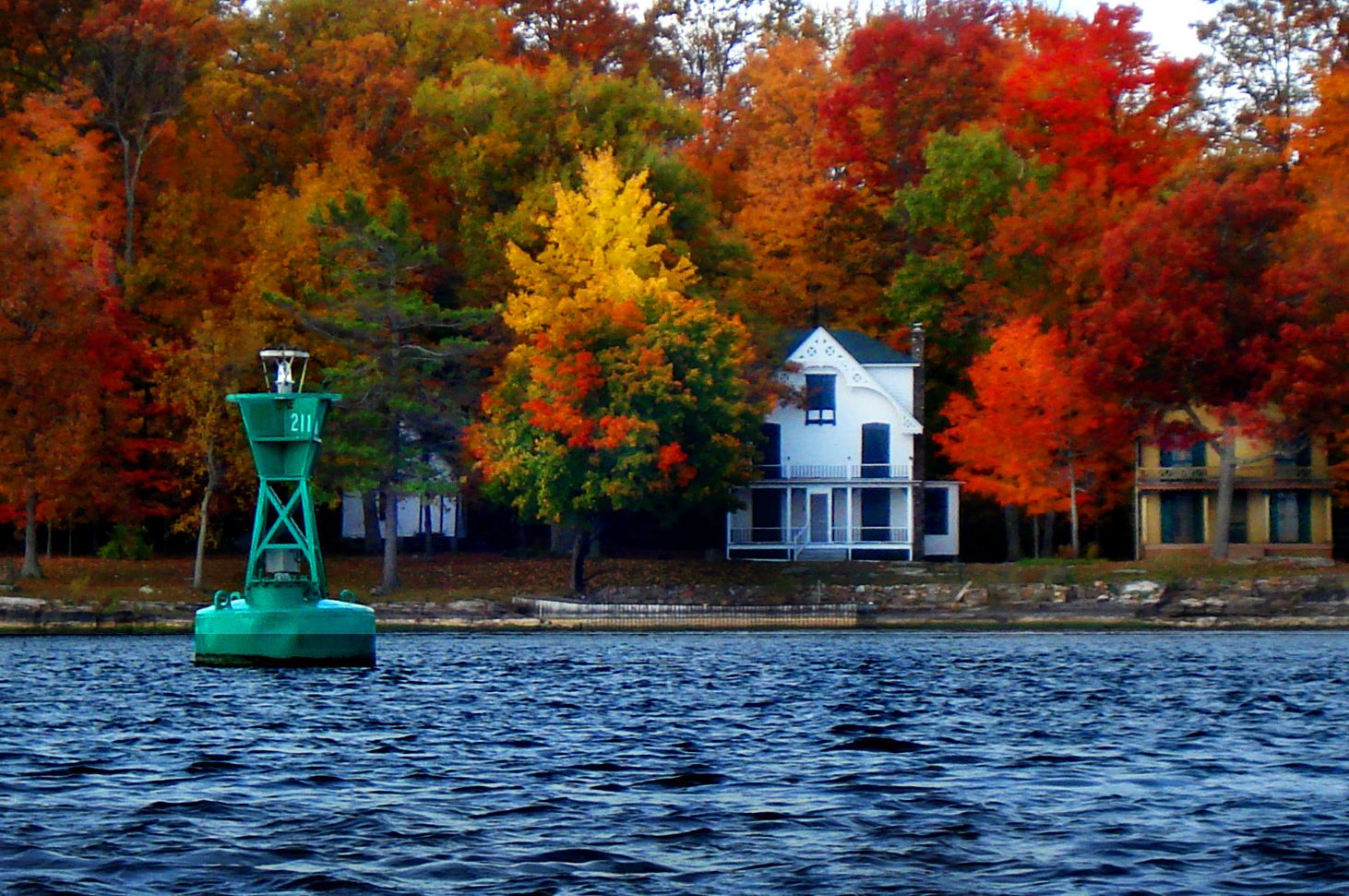
The red-purple range (anthocyanins), though, is a different story. Red pigments are manufactured in the fall by some species, maples in particular, at significant cost. Science has yet to come up with a truly plausible explanation for this. The point about red is that a maple showing lots of it is in good enough health to “waste” energy making anthocyanins. Last year in the Ottawa Valley and beyond, sugar maples were yellow only, the first time in living memory that has happened. Soft (red) maples had plenty of red, but hard maples were devoid of it. This is an indication that as a species they are facing tremendous chronic stress.
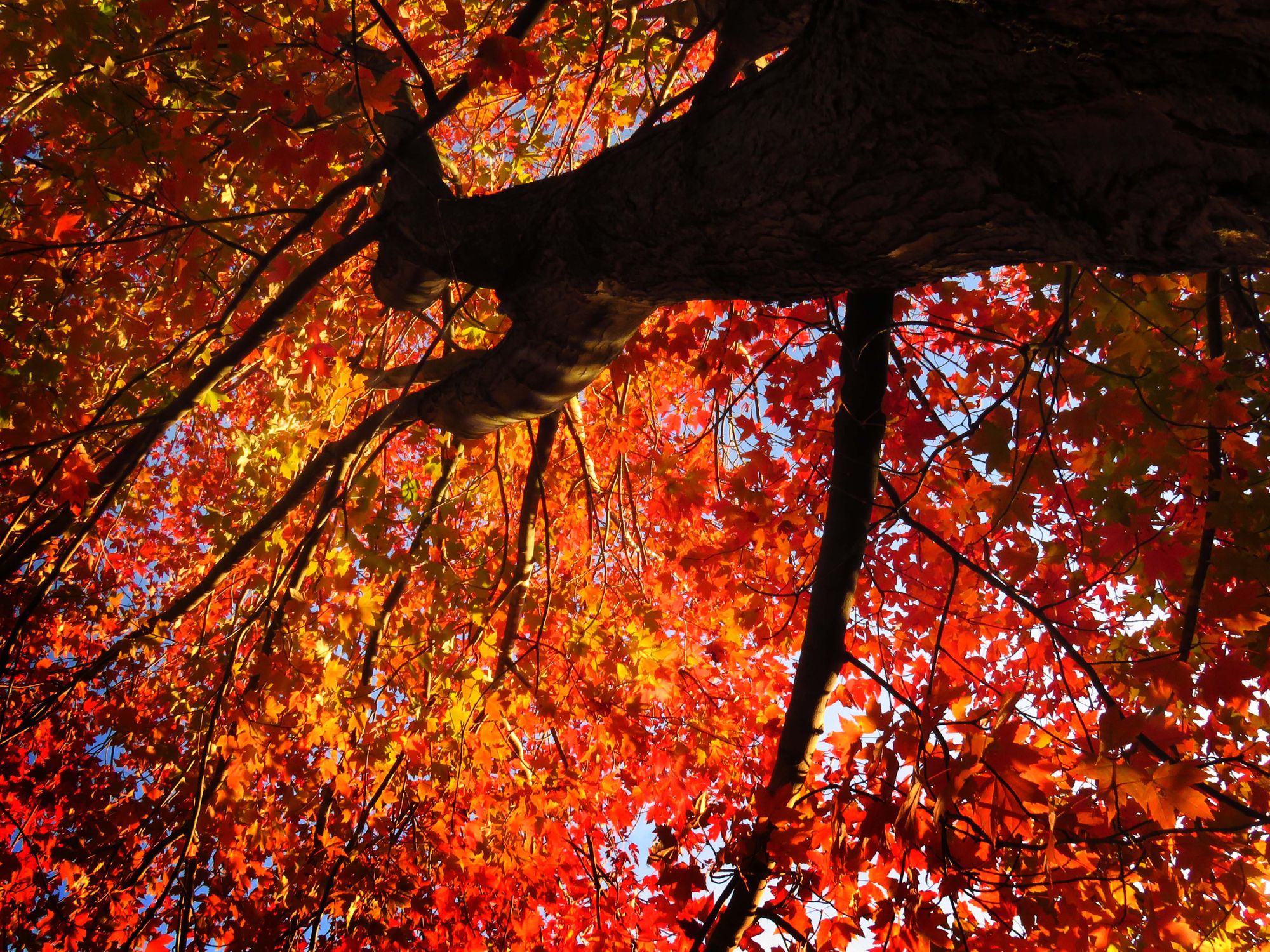
If one of your yard trees has leaves that are turning color and dropping early, you can be sure it’s in decline, and it would be good to hire a Certified Arborist to evaluate it. If your favorite cottage-country ice cream stand closes early, that might spell trouble for the owners, but they could be just tired.
By Paul J. Hetzler © 2019
Paul Hetzler, ISA Certified Arborist. Paul Hetzler has been an ISA-Certified Arborist since 1996, and is a member of ISA-Ontario, and the Society of American Foresters. His book “Shady Characters: Plant Vampires, Caterpillar Soup, Leprechaun Trees and Other Hilarities of the Natural World,” is available on amazon.com
[Random photographs by Arthur Pundt. See Art Pundt's Photography written by the editor in June 2015.]


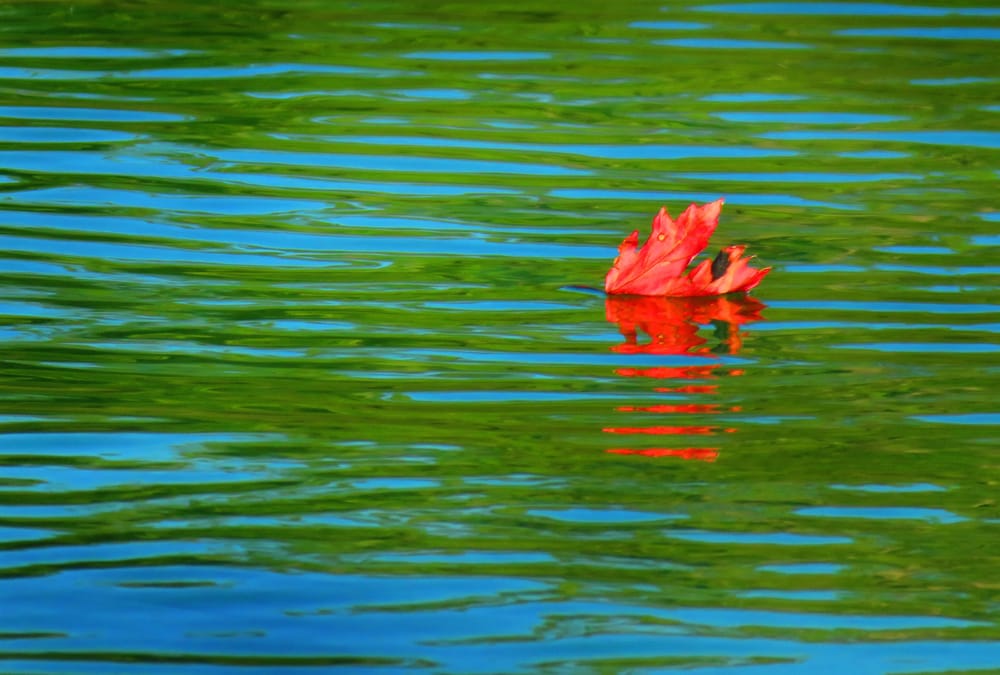
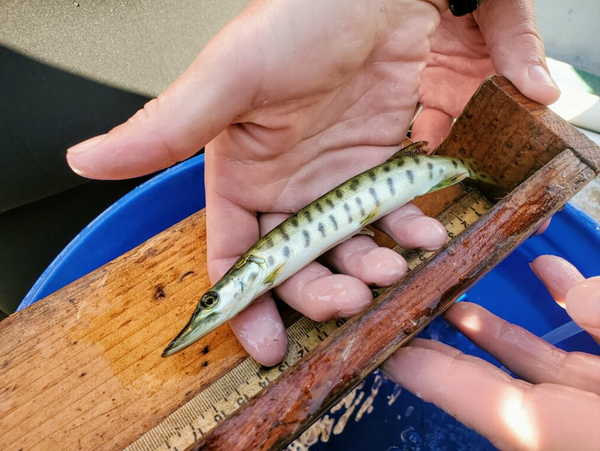
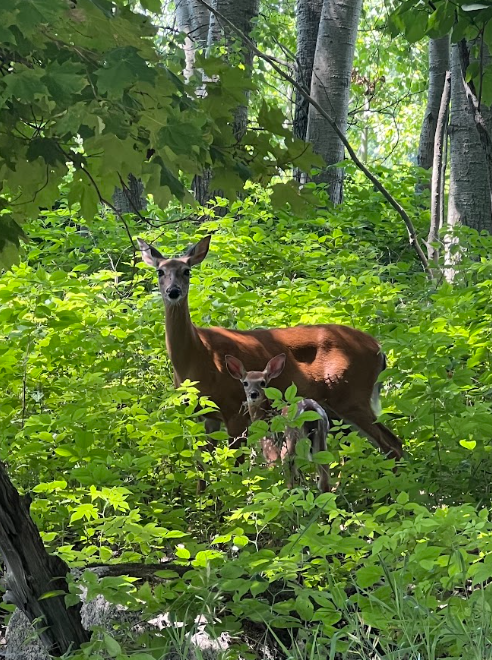
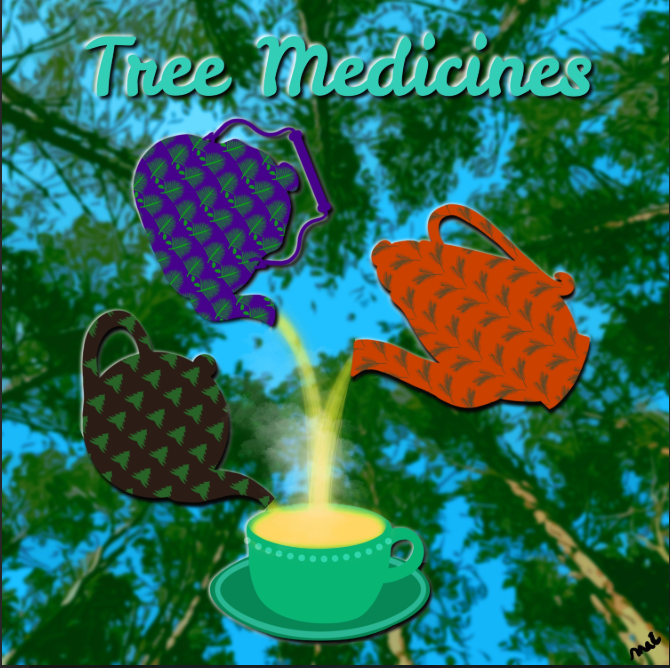
Please click here if you are unable to post your comment.